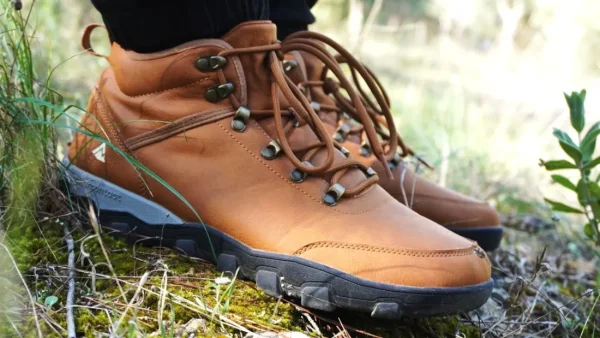Walking and movement are among the most natural human activities – yet modern footwear often prevents our feet from functioning as nature intended. Thick soles, tight toe boxes and raised heels can distort our posture and weaken the muscles that support us every day.
That’s where barefoot shoes come in. Designed to let your feet move freely, they allow for a more natural, grounded and balanced way of walking. But with so many options available, how can you choose the best barefoot shoes for your lifestyle and needs?

What Makes Barefoot Shoes Different
The philosophy behind barefoot footwear is simple: to replicate the feeling of being barefoot while offering protection and comfort. Unlike traditional trainers, barefoot shoes prioritise freedom of movement, natural alignment and sensory feedback.
Here are the main features that define true barefoot shoes:
- Thin, flexible soles – to enhance ground feel and proprioception.
- Zero drop – no height difference between heel and toe, promoting balanced posture.
- Wide toe box – allowing toes to spread naturally for stability.
- Lightweight materials – keeping the shoe as close as possible to the natural foot.
These design elements encourage the feet to engage fully with each step, strengthening muscles and improving overall balance.
The Benefits of Going Barefoot
The benefits of barefoot shoes extend far beyond comfort. By restoring natural movement, they can:
- Improve posture by encouraging proper body alignment.
- Enhance balance through better sensory awareness.
- Strengthen foot muscles that are often weakened by traditional shoes.
- Reduce joint stress by promoting a midfoot or forefoot strike when walking or running.
People who transition gradually to barefoot shoes often report feeling lighter, more stable and more connected to the ground beneath them.
Factors to Consider When Choosing
Selecting the best barefoot shoes depends on your lifestyle, preferences and intended use. Here’s what to keep in mind before making a choice:
1. Fit and Comfort
A good barefoot shoe should fit like a second skin – snug but not tight. The toe box should provide ample room for your toes to move and spread.
2. Sole Thickness
Different models vary in thickness. A thinner sole offers a truer barefoot experience and greater ground feel, while a slightly thicker one provides more cushioning for urban environments.
3. Flexibility
Try bending and twisting the shoe. The more flexible it is, the better it will move with your foot rather than against it.
4. Weight
The lighter the shoe, the less it interferes with natural movement. Barefoot footwear should feel almost invisible when worn.
5. Intended Use
Are you planning to walk, run, hike or wear them casually? Choose the right level of grip and protection based on your activities.
Transitioning Safely
Switching to barefoot shoes isn’t just a purchase – it’s a process. Years of wearing supportive footwear can leave the feet unaccustomed to freedom. A gradual transition allows muscles, tendons and joints to adapt safely.
Start by wearing barefoot shoes for short walks or everyday tasks, then increase usage over several weeks. Incorporate foot-strengthening exercises like toe spreads, calf raises and balance drills to support the adjustment.
Patience is key. Rushing the transition can cause discomfort, while steady progress leads to long-term benefits.
Sustainability and Conscious Choices
Another reason many people choose barefoot shoes is their alignment with eco-friendly values. Minimalist designs require fewer materials, and many manufacturers use natural or recycled components, reducing environmental impact.
By choosing barefoot shoes, you are not only improving your physical wellbeing but also supporting more sustainable consumption habits – a small yet meaningful step towards conscious living.
Everyday Versatility
The best barefoot shoes aren’t limited to athletic use. Modern designs now include options for:
- Casual everyday wear
- Professional or office settings
- Outdoor adventures and hiking
- Fitness and yoga practice
This versatility allows you to experience the benefits of natural movement in every aspect of daily life.
Listening to Your Body
One of the most important lessons of barefoot living is learning to listen to your body. The enhanced ground feel promotes mindfulness – you notice how you step, how your weight shifts, and how your body aligns.
This awareness can translate into improved balance, lighter movement and a deeper sense of connection with your surroundings.
Conclusion
Choosing the best barefoot shoes is about more than style – it’s about rediscovering how your body was designed to move. With thin soles, wide toe boxes and flexible designs, barefoot footwear helps restore natural movement, strengthen the feet and improve posture.
Whether you’re transitioning from traditional trainers or exploring minimalist living, barefoot shoes offer a path towards a more grounded, mindful and sustainable lifestyle.
Each step becomes not just a movement, but a return to your body’s natural rhythm – light, balanced and free.









